I’m very excited to introduce a wonderful guest post by author Aimee Fleming. Aimee is a Mum, dog-mum, and historian from North Yorkshire. Passionate about history from an early age and finding a fascination with the Tudors through school and university, she now writes about the stories of people, some well-known and others not-so-much, who lived in Tudor England and Europe. Aimee has just published her first book, The Female Tudor Scholar and Writer: The Life and Times of Margaret More Roper and is here to talk about the lady herself, and give us a brief insight into her fascinating life.
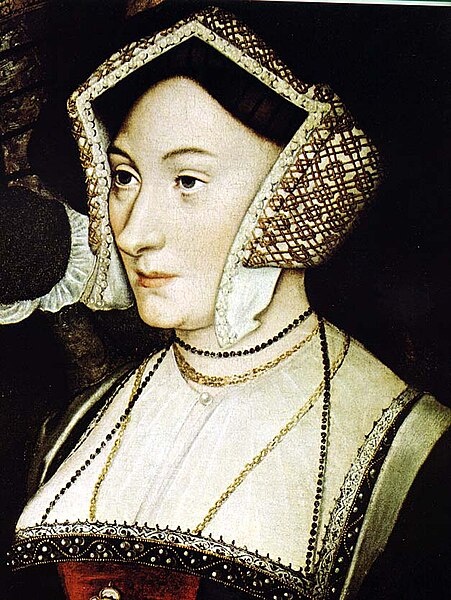
Sir Thomas More has a reputation, as a scholar, a writer, a Catholic and as a statesman. As Henry VIII’s trusted confidante and then as his Chancellor, his friendship with the King and their eventual disagreement led to a chain of events that saw England split from Rome, and to the execution of Sir Thomas himself. However, Sir Thomas did not do all of this alone. He was supported throughout his career by his large, loving family, in particular his eldest daughter, Margaret.
Margaret was born in 1505 to Thomas and his wife Joanna. The pair had married earlier the same year at the little parish church in the village of Royston in Essex. Thomas and Joanna appear to have been happy together and had four children in four years: Margaret, Elizabeth, Cecily, and John.
Shortly after John’s birth however, Joanna died. Thomas, now suddenly a single father to four very young children, quickly re-married, taking as his wife Alice Middleton who was a wealthy and eligible widow whom he knew through mutual family business interests. The family settled into life together, and soon after Thomas’s career began to take off and Thomas and Alice began to educate their children.
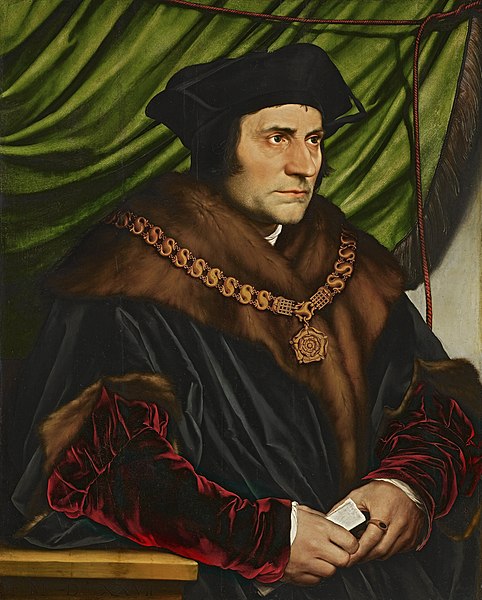
Unlike many Tudor fathers, Thomas took a great interest in the education of his children, and even more unusually he chose to educate his daughters as well as his sons. Margaret and her sisters received the exact same tuition as their brother, and they appeared to have the aptitude for such lessons and to relish the challenge. The siblings gained a reputation for their abilities and their house, and their methods, quickly became known as ‘The More School’. Erasmus first coined the phrase, stating that,
‘[Thomas More’s] house was a school for the knowledge and practice of the Christian faith.’
Thomas instructed the children himself, or employed tutors to teach subjects he could not, or while he was away due to his work. They were taught classical languages, philosophy and theology, as well as scientific subjects such as mathematics, astronomy and anatomy.
Through all this schooling, Margaret stood out. Perhaps because she was the eldest and so her siblings were always playing ‘catch up’ with her academically, or perhaps because she shared her father’s love of academic learning, languages and the Christian faith. She excelled in particular at languages and translation, so much so that in 1524, aged just 19, she translated and published Eramsus’s Precatio Dominica, a study of the Lord’s Prayer and how a good Christian could learn from it. Margaret’s A Devout Treatise upon the Paternoster was the first translation of its kind, printed in English and distributed to audiences all over England and Europe. While her name did not appear on it explicitly, the details used on it made it clear to anyone who knew of the reputation of Margaret, her sisters, and of the More school, that it could only be Margaret’s work. The cover read:
‘A devout treatise upon the Paternoster made fyrst in latyn by the moost famous doctour mayster Erasmus Roterodamus and tourned into englisshe by a young vertuous and well lerned gentylwoman of nineteen yere of age.’
Margaret’s reputation grew still further. She alongside her sisters were invited to court to discuss their knowledge of the classics with the King, as an opportunity for him to see just what women were capable of if they received such an education. This was not something that had ever happened before! Until this point women hadn’t even been considered capable of being educated in this way, and now Thomas and the example of his daughters was inspiring families all over England to educate their daughters in a similar way, and this included the King and Queen with their daughter, Princess Mary.
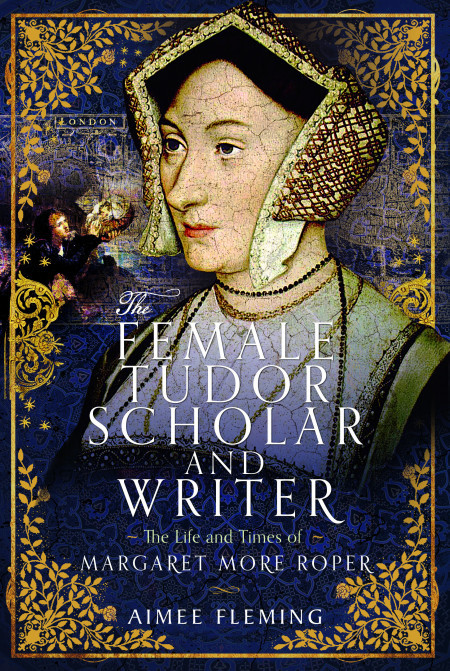
As Thomas’s position changed at court, so did that of the family, and they moved out to a brand-new sprawling house in the rural area of Chelsea. They would host diplomats, scholars, visitors from all over Europe, and even the King himself. Their home became a hub for scholarly activity and discussion, and Margaret and her sisters and brother would have been in the very centre of discussions which inspired Thomas’s writings and work for the King. When things started to turn sour in 1532, and Thomas and the King seemed to be inexorably at odds with one another, it would have been to the family, and to Margaret, that Thomas turned for support. When he was charged with treason and imprisoned in the Tower of London in 1534, it was Margaret who would be his support, visiting him many times and writing to Thomas Cromwell to appeal for his conditions in the tower to be improved.
One event that Margaret is perhaps best known for is, following her father’s execution, she bribed an official and was able to retrieve his head from a traitor’s spike before it was removed and lost to the River Thames. When later questioned by the King’s Council about her actions, she admitted ‘that she had saved her father’s head from being devoured by the fishes’ but that she intended to bury it. However, it is recorded that Margaret kept the head with her until she herself died, having it buried with her in the crypt beside her. Following her husband William’s death, her body was moved to St Dunstan’s Church in Canterbury, and future generations would build a new chapel and crypt to house her tomb and that of William and his relatives and descendants. In that crypt there is a head, housed in its own purpose-built alcove. However, there is no way to tell if that head is in fact the head of Sir Thomas More.
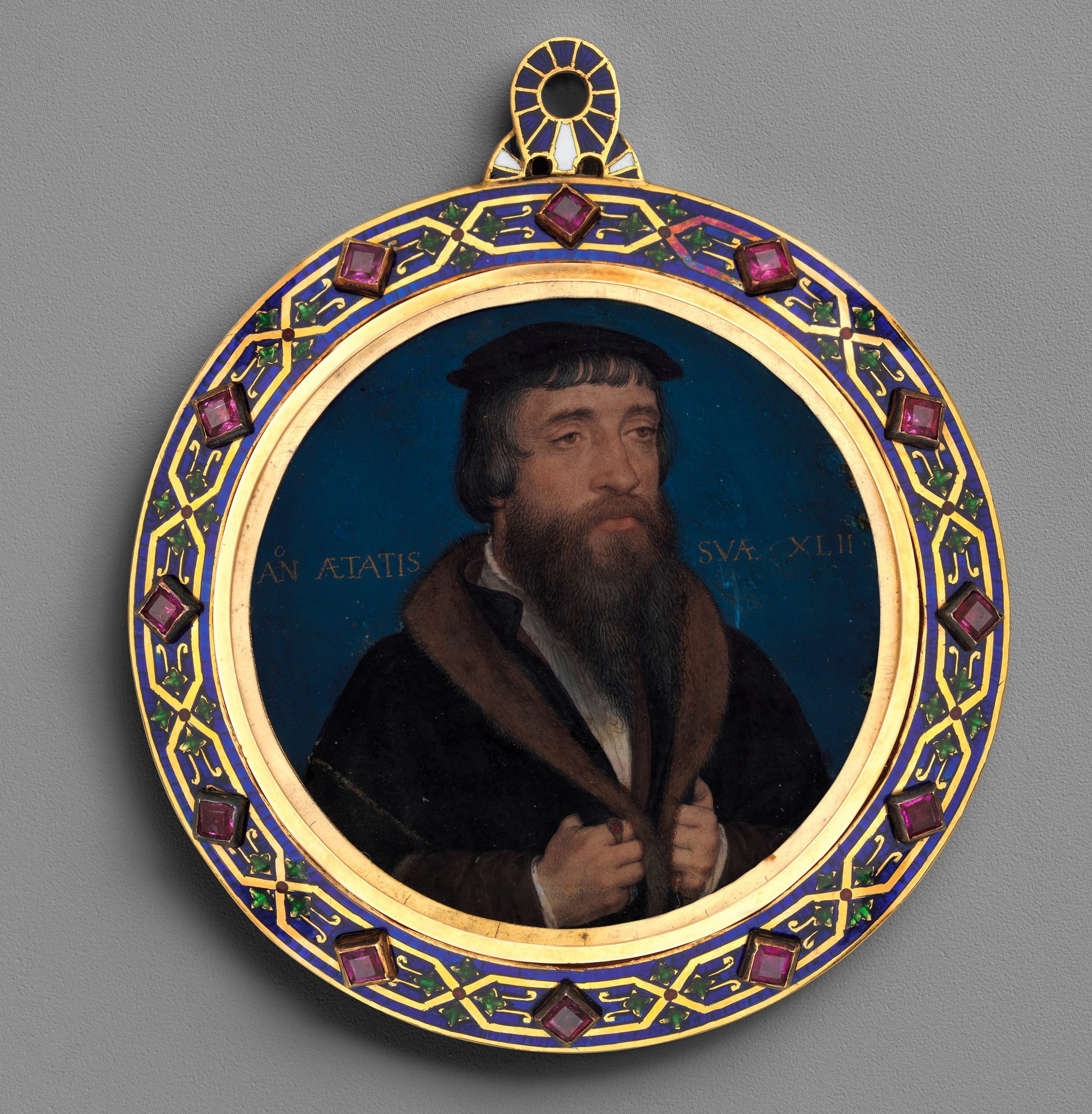
Thomas’s head was not the only thing that Margaret kept. Following his death she collected together his writings, letters and other documents that had belonged to him, in order to preserve his legacy, and to keep his memory alive through his life’s work. These documents form the base of sources used by her husband William to write his Life of Sir Thomas More, which in turn inspired William Shakespeare, Thomas Stapleton, Cresacre More (who was Thomas’s great-grandson) and others who followed and wrote about the life of the statesman and future saint. Perhaps it should be recognised that without Margaret’s work to preserve her father’s work, all the scholars and writers who followed would not have had the wealth of sources to refer to that they had and still have.
Sadly however, Margaret somewhat got left behind in the work that she did, very much overshadowed by her father and the other men in her life, including her husband, William. She died in 1544, less than 10 years after her father, and was unable to keep hold of her collection of his work. She had educated her own children, including her three daughters, in the same fashion as she herself was taught and they would go on to leave their own impression on England at a time when religion and politics were in turmoil. As staunch and devoted Catholics, they would be supportive of Queen Mary and Margaret’s daughter, also called Mary, would be one of her ladies, a close friend of the Queen and would write her own pro-catholic books and pamphlets, very much following in her mother’s footsteps.
In more recent times it could perhaps be argued that Margaret’s image and her importance had begun to be more recognised. Portraits and paintings of Thomas More often show him with Margaret, adding to the idea that she was his devoted supporter. In film and television depictions, such as A Man For All Seasons, Margaret is shown as a forthright, clever and outspoken woman who challenges her father and the male hierarchy. Perhaps this is actually an accurate image of a woman who challenged the expectations and roles of women in her time and whose legacy continues to this day.
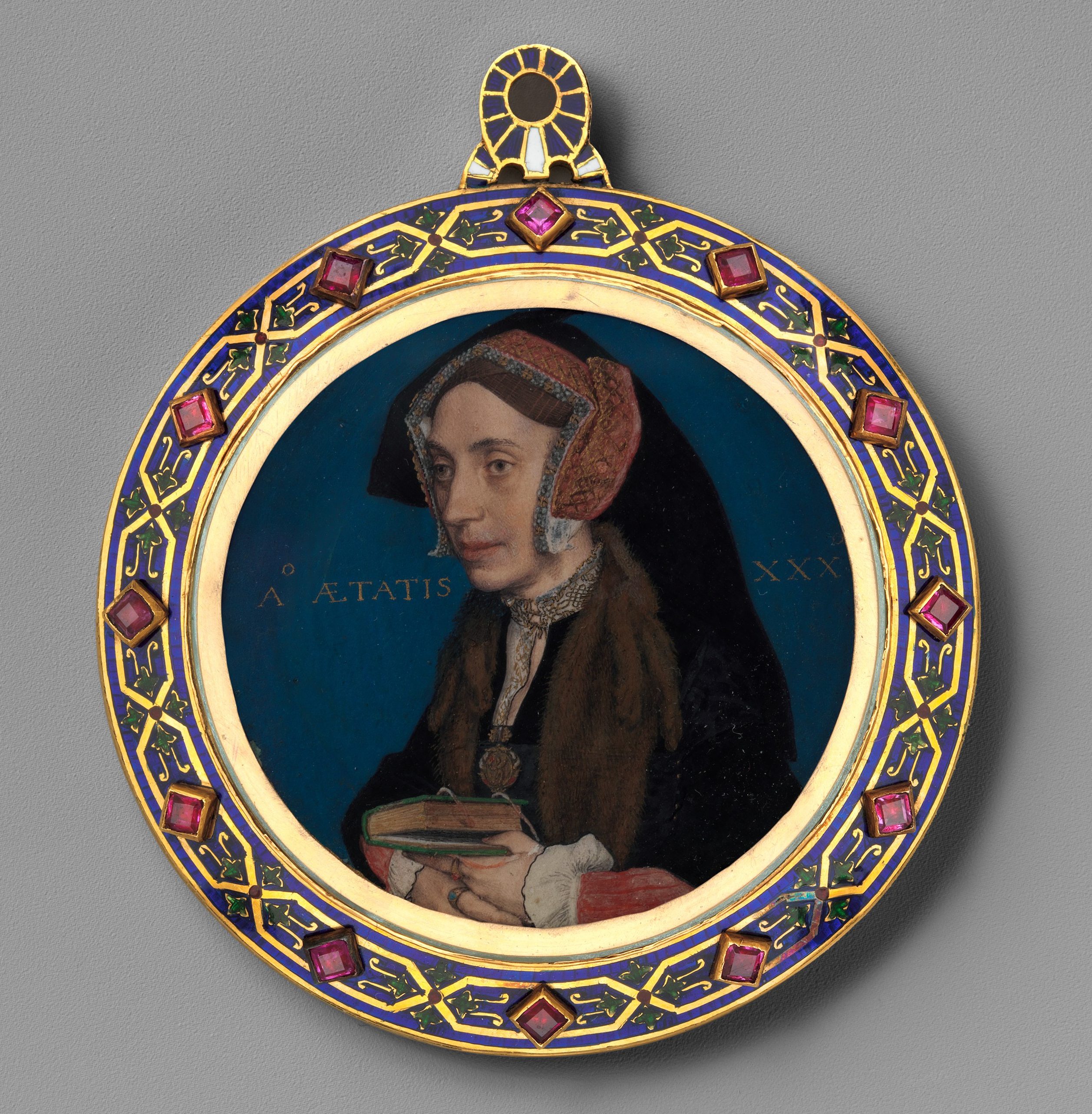
A huge thank you to Aimee for writing such a fascinating post for us today. Margaret certainly sounds like a really intriguing woman and I can’t wait to learn more about her from Aimee’s book. Please do make sure to check out a copy for yourself and you can also keep up-to-date with Aimee via her Twitter/X account, on Facebook, or at her website.
Did you know that Just History Posts now has a newsletter? Be sure to sign up here!
Previous Blog Post: Medieval Marvels: The Sainte-Chapelle
Previous in Historical Figures: Edward Montagu, Knightly Criminal
List of Blog Posts: here Blog Homepage: here
Buy my books via the pictures below! Or why not check out our shop?
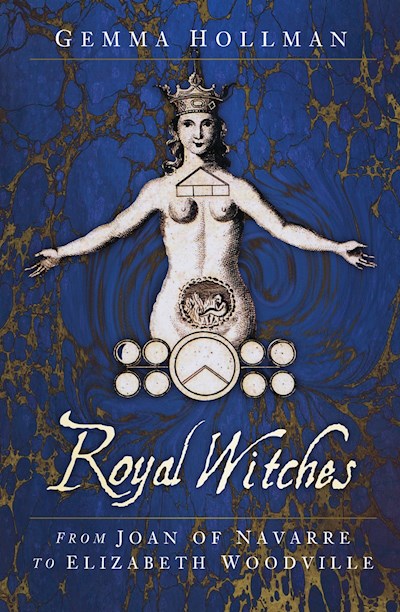
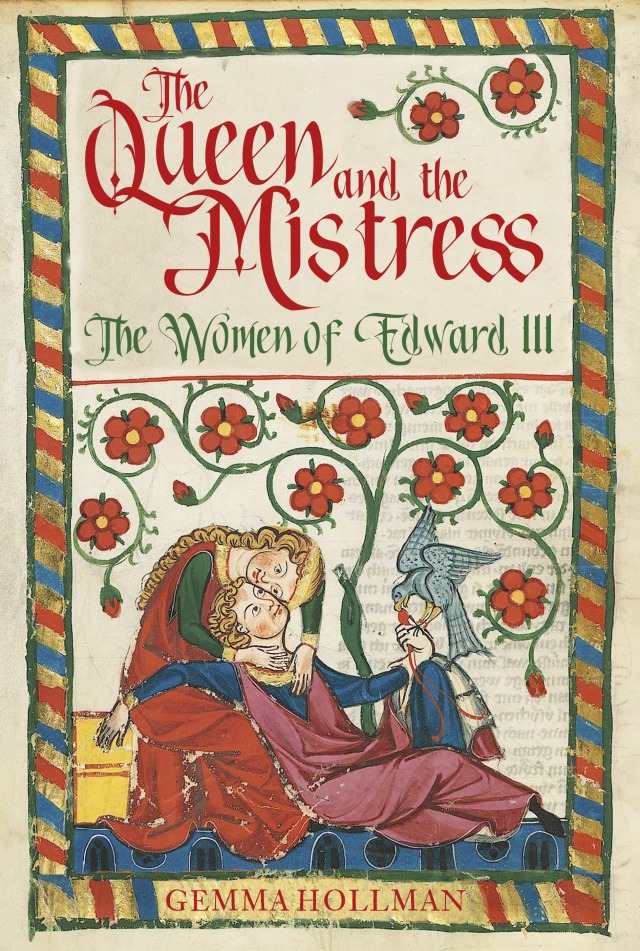
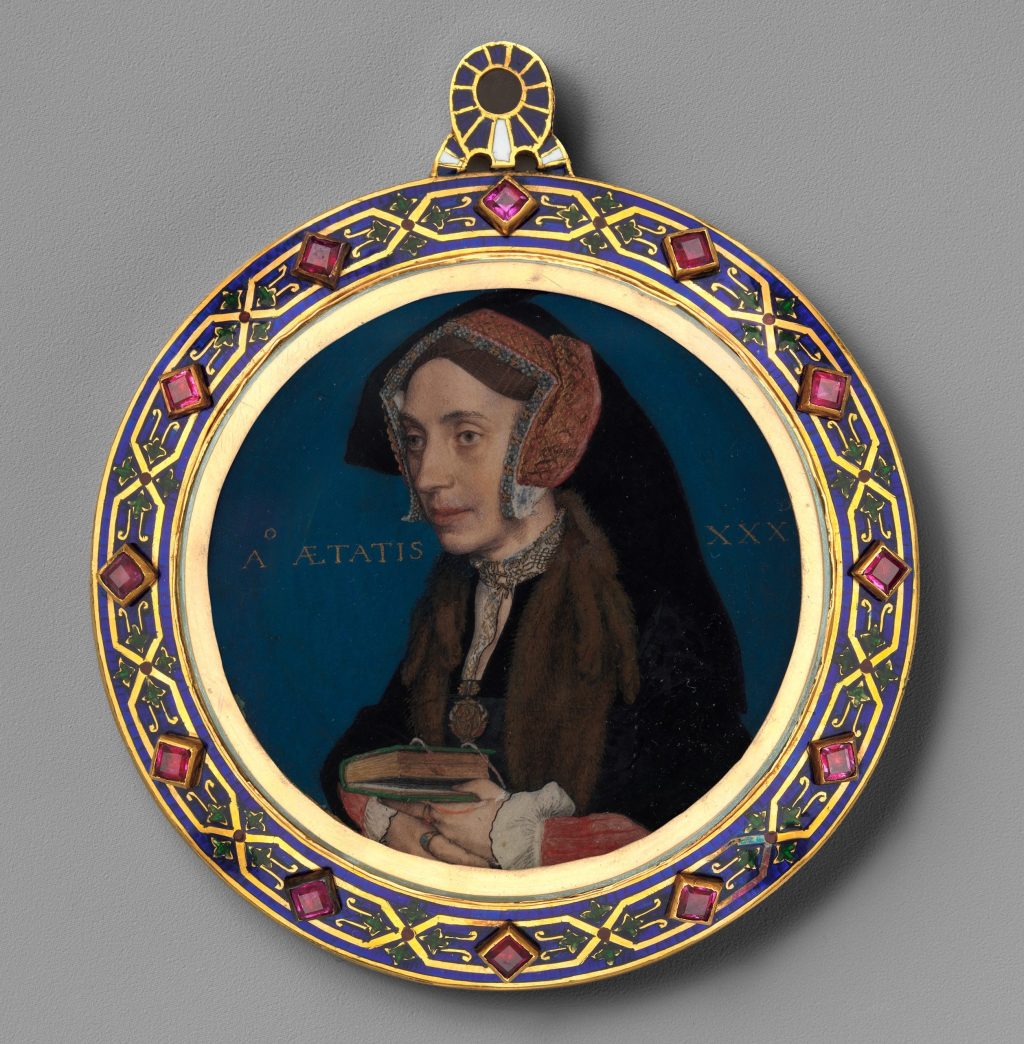
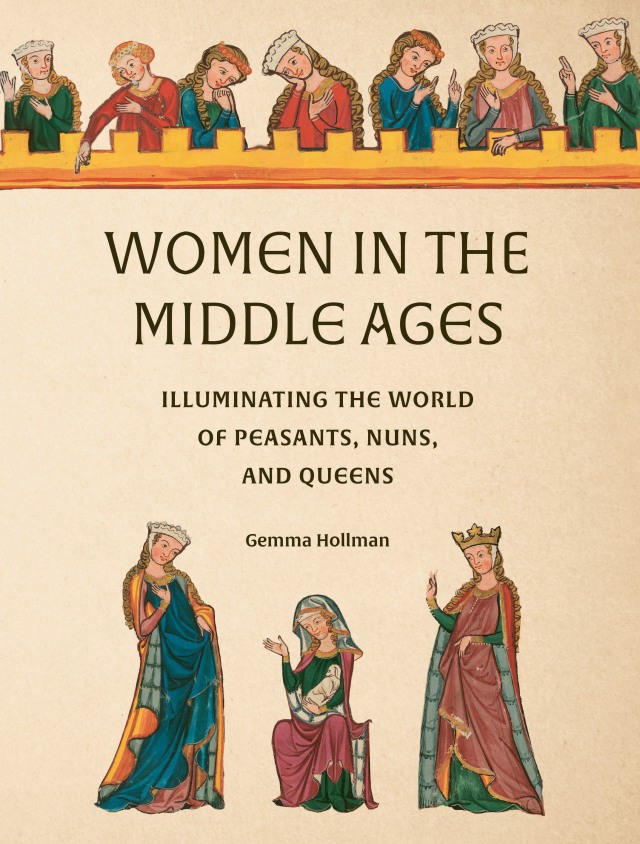
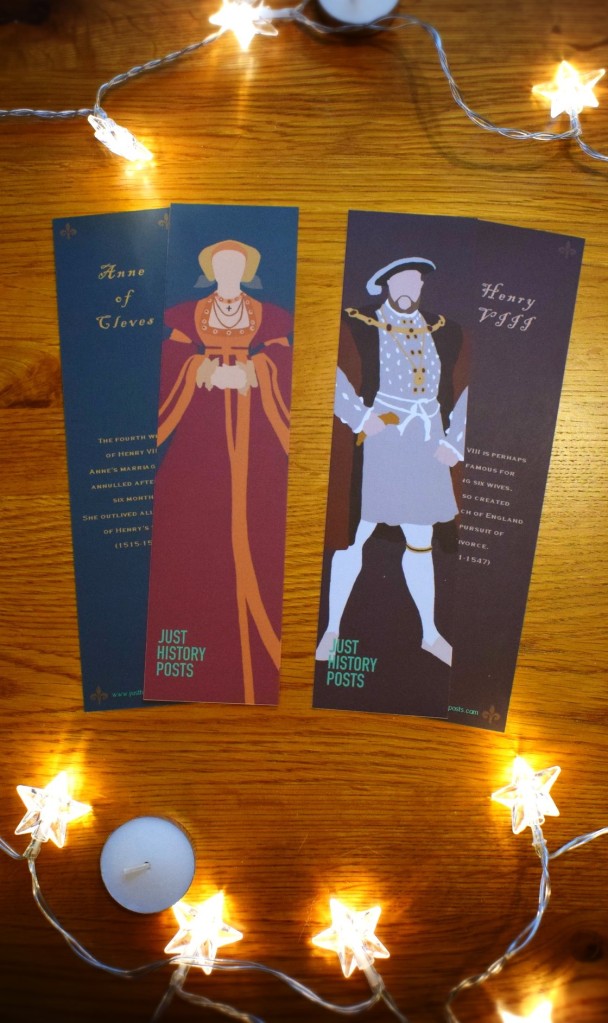


One response to “Historical Figures: Margaret More Roper, Tudor Scholar and Writer”
[…] Previous Blog Post: Historical Figures: Margaret More Roper, Tudor Scholar and Writer […]
LikeLike